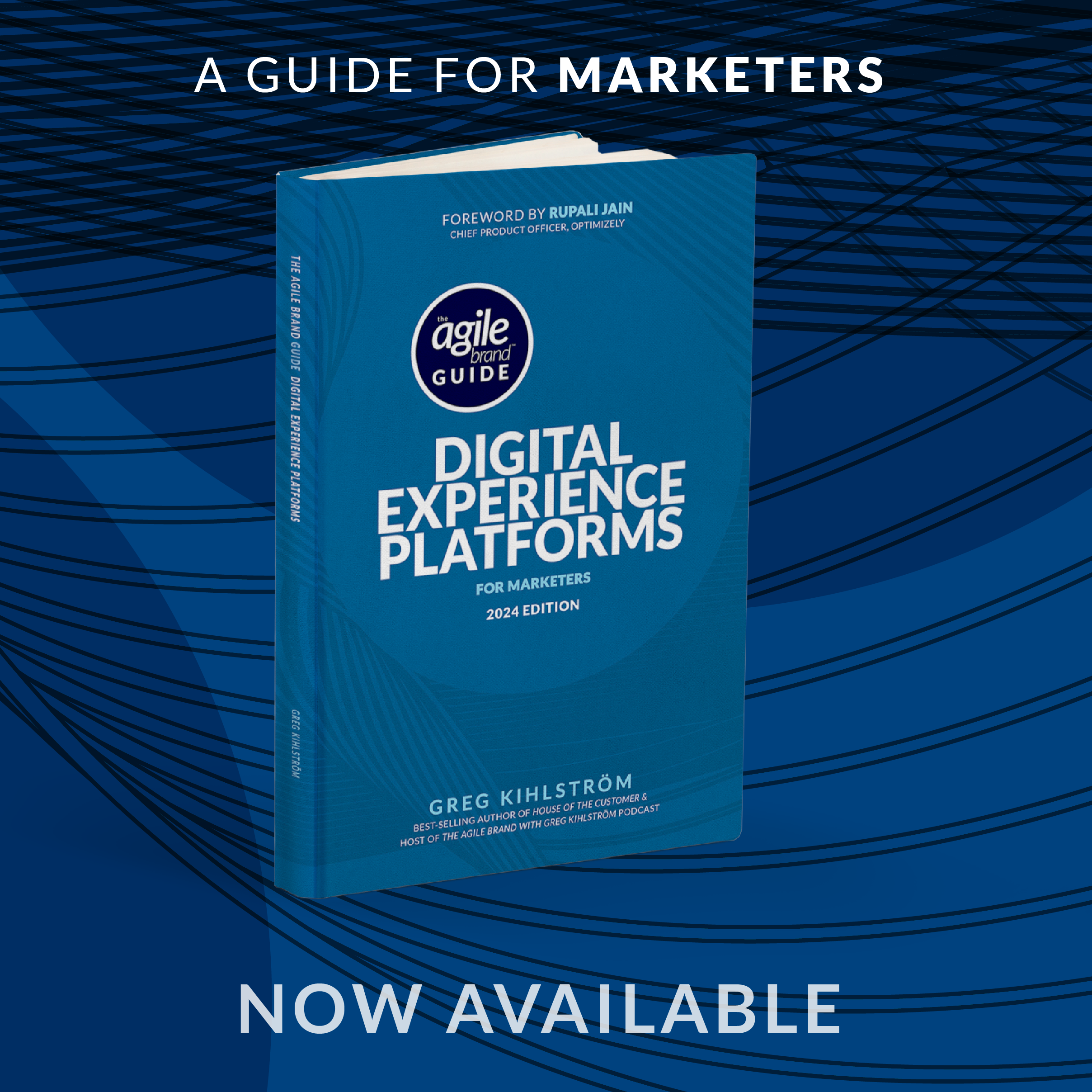This article was based on the interview with Corbb O’Connor of Level Access by Greg Kihlström for The Agile Brand with Greg Kihlström podcast. Listen to the original episode here:
Agile accessibility prioritizes user flows by shifting focus to key processes and actions that users take within a digital customer experience. Instead of trying to tackle every accessibility issue at once, agile accessibility encourages organizations to identify and prioritize the most important user flows and ensure that they are accessible and barrier-free.
Traditionally, organizations would conduct exhaustive audits of their digital products, testing every element on every page. This approach often resulted in overwhelming reports with thousands of accessibility issues to address. It became challenging for organizations to determine where to begin and how to prioritize these issues.
Agile accessibility takes a different approach. It suggests focusing on key user flows, which are the paths that users take to complete important actions within a digital experience. For example, if an organization manages an e-commerce site, the user flow could be the checkout process. By testing and ensuring the accessibility of this specific flow, organizations can prioritize the actions that are most critical for users.
By prioritizing user flows, organizations can address accessibility barriers that directly impact the user experience. This approach allows them to allocate resources and efforts more effectively, focusing on the areas that have the greatest impact on accessibility. It also enables organizations to make incremental improvements and iterate on their accessibility efforts, aligning with the iterative nature of agile methodologies.
Agile accessibility recognizes that accessibility is not just a one-time checklist item. It is an ongoing process that requires continuous evaluation, improvement, and collaboration. By integrating accessibility into the design, development, and delivery stages of a digital product, organizations can ensure that accessibility is considered at every step of the way.
Moreover, agile accessibility promotes collaboration and learning together as a team. It encourages organizations to involve people with disabilities in the design and development process, seeking their feedback and insights. By including diverse perspectives, organizations can create more inclusive and equitable digital experiences.
Agile accessibility is game-changing. It provides a framework for organizations to integrate accessibility into their development processes, ensuring that digital experiences are inclusive and equitable. By embracing agile methodologies and training every member of the organization, brands can go beyond legal compliance and create digital experiences that meet the needs and expectations of all users. Agile accessibility is not just a checkbox; it is a mindset that fosters innovation, collaboration, and a commitment to creating a more accessible and inclusive digital world.










